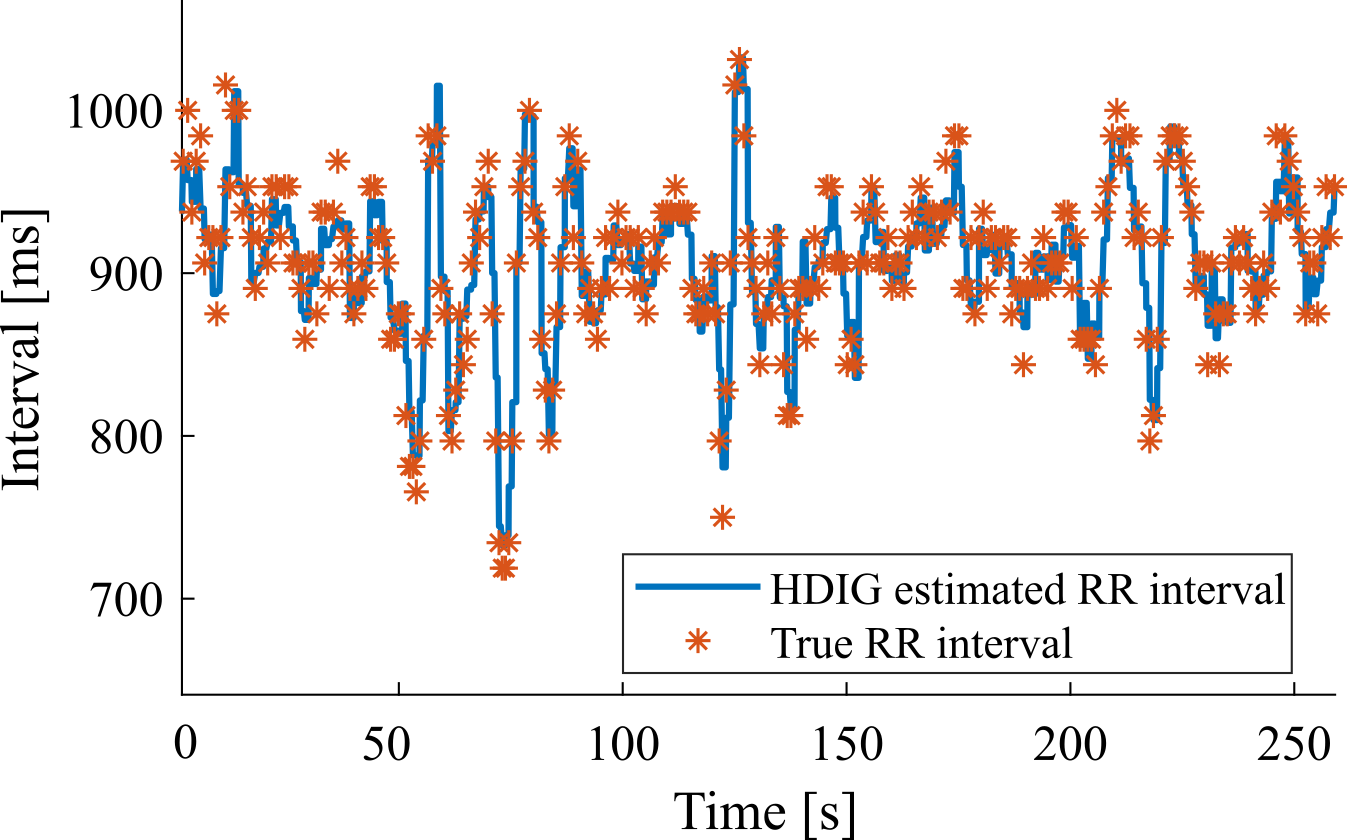Point Process Characterization of HR dynamics
Summary
Recognizing human emotion from heartbeat information alone is a challenging but ongoing research area. Here, we utilize a Point Process model based on History Dependent Inverse Gaussian (HDIG), optimized using maximum likelihood estimation and Bayesian information criterion was used to characterize RR-intervals and generate instantaneous HRV features. We were then able to distinguish between high and low levels of valence, dominance and arousal using only heartbeat dynamics based on a convolutional neural network model. On average, we achieved over 60% classification accuracy and as high as 77% in some subjects. This is comparable to other studies that use a combination of physiological signals as opposed to only HRV measures as done here. Informative features were identified for the different affective states. These findings enable the possibility of augmenting electrocardiogram or photoplethysmogram monitoring wearable devices with automated human emotion recognition capabilities for mental health applications. They also allow for the use of instantaneous estimation of HRV features to be used in combination with models that use other types of physiological signals for instantaneous emotion recognition.
 ”
”
Outputs:
Ravindran AS, Nakagome S, Wickramasuriya DS, Contreras‐Vidal JL, and Faghih RT. Emotion recognition by point process characterization of heartbeat dynamics. IEEE Healthcare Innovations and Point of Care Technologies 2019:13–6. DOI: 10.1109/HI‐POCT45284.2019.8962886
